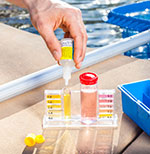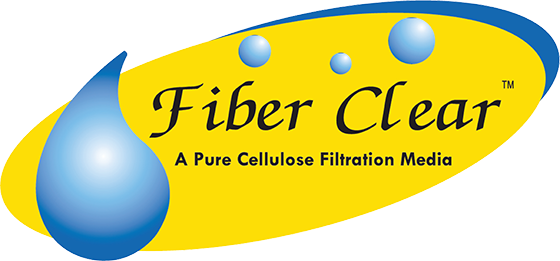- Joined
- Oct 27, 2005
- Messages
- 917
- Reaction score
- 122
- Location
- Maryland
- Resorts Owned
- Wyndham Long Wharf, Wyndham points, Vistana Westin Kierland
For the past several years, we've had a chlorine demand problem when we open the pool. No free chlorine registers and it's called for anywhere from 70 to 120 pounds of shock to "break" the
chlorine lock. At the pool store, they cannot tell me exactly what's causing the problem. I have tried using phosphate remover over the course of the last two summers, but it has not helped. They are saying that the chlorine is binding to nitrates in the pool and making it unavailable to sanitize the water.
One suggestion they offered was to drain half of the water in the pool and replace it. This is really not doable as it would create a swamp in our yard and our neighbor's. Has anyone else experienced this problem? How did you resolve it? With chlorine prices more than double what they were a few years ago, it's getting very expensive to dump so much shock in the pool on an annual basis.
chlorine lock. At the pool store, they cannot tell me exactly what's causing the problem. I have tried using phosphate remover over the course of the last two summers, but it has not helped. They are saying that the chlorine is binding to nitrates in the pool and making it unavailable to sanitize the water.
One suggestion they offered was to drain half of the water in the pool and replace it. This is really not doable as it would create a swamp in our yard and our neighbor's. Has anyone else experienced this problem? How did you resolve it? With chlorine prices more than double what they were a few years ago, it's getting very expensive to dump so much shock in the pool on an annual basis.




